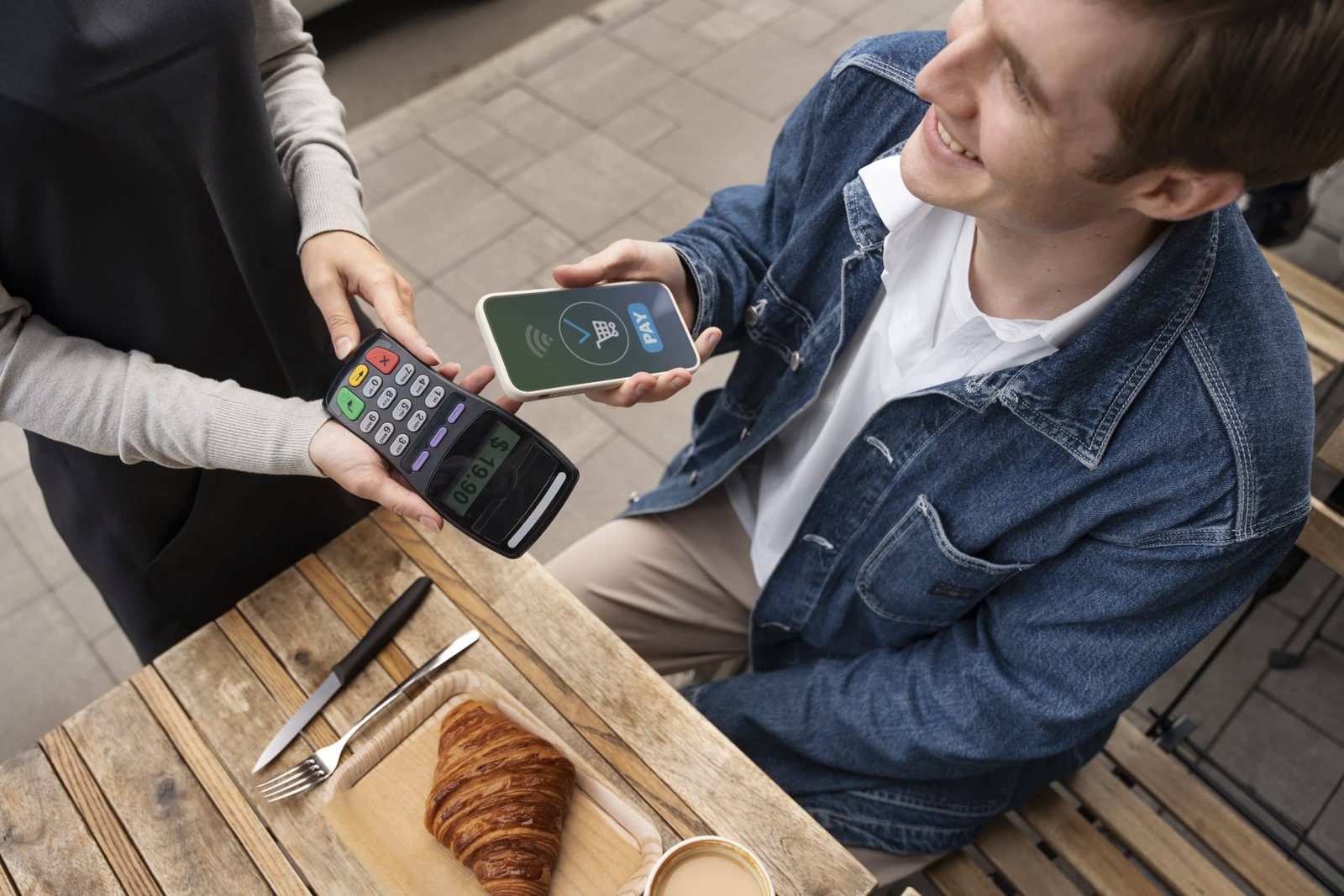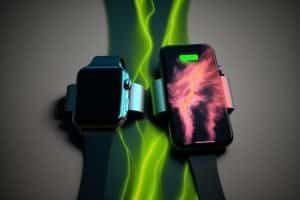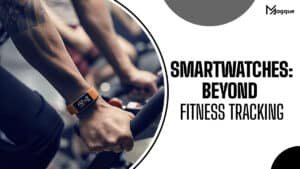Do you want to dig through your wallet, search for the right card or count out cash every time you make a purchase? Imagine a world where all you need to make a payment is a simple gesture or a tap of your wrist. Welcome to the future of payments – the era of wearable payments and the unstoppable rise of contactless transactions!
The Convenience of Wearable Payments
Gone are the days of fumbling for your wallet or purse. Wearable payments have revolutionized the way we handle our financial transactions. These innovative devices, ranging from smartwatches to bright rings, are equipped with the latest technology, making your life simpler and more efficient.
Imagine strolling into a coffee shop, ordering your favourite brew, and tapping your wrist against the payment terminal effortlessly. There is no need to pull out your wallet or insert a card, and certainly no need for cash. It’s a seamless and contactless experience that’s changing the game.
The Cashless Revolution
We’re in a cashless revolution, and wearable payments are leading the charge. As more people embrace the convenience and security of contactless transactions, the days of carrying wads of cash are becoming obsolete. With wearable payment devices, you’re reducing the clutter in your wallet and the risk of losing your hard-earned money.
The rise of contactless transactions is not just a trend; it’s a movement towards a more efficient and secure way of handling our finances. Whether shopping for groceries, grabbing a quick bite, or commuting on public transport, wearable payments make the process smoother and more convenient.
The Technology Behind Contactless Payments
Now, how do these magical devices work? Most wearable payment devices utilize Near Field Communication (NFC) technology, which allows them to communicate with payment terminals when brought into proximity. It’s like having a tiny bank on your wrist, ready to make secure transactions at your command.
Security is a paramount concern, and wearable payments have it covered. They often require authentication methods like PINs or biometrics (fingerprint or facial recognition) to ensure that only you can access your funds. This level of security offers peace of mind, knowing that your financial information is protected.
The Future of Finance in Your Hands
Wearable payments are not just a novelty; they’re here to stay. The future of finance is shifting towards a world where we’re no longer tied to physical wallets and traditional payment methods. With the growing popularity of smartphones and wearable technology, the adoption of contactless transactions is inevitable.
Picture a world where you can leave your home with nothing but your stylish smartwatch, knowing that it contains everything you need to navigate your day. From making payments to tracking expenses, wearable payments are putting the power of finance on your wrist.
Join the Cashless Revolution Today!
In conclusion, wearable payments are changing how we handle our finances, offering unparalleled convenience and security. The rise of contactless transactions is ushering in a cashless revolution that simplifies our lives and enhances our financial well-being. And be sure to explore Magque, your go-to source for the latest and most intriguing updates in the realms of informative tips & reviews!
FAQs
Q1. What are wearable payments, and how do they work?
Wearable payments use devices such as smartwatches or bright rings to make contactless transactions. These devices are equipped with Near Field Communication (NFC) technology, allowing them to communicate with payment terminals when brought into proximity. Users can link their credit or debit cards to these devices and tap or gesture to complete payment securely.
Q2. Are wearable payments safe and secure?
Yes, wearable payments are designed with security in mind. Most wearable payment devices require authentication, such as PINs or biometrics like fingerprint or facial recognition, to access and use. Additionally, these transactions are encrypted, reducing the risk of fraud. These security measures make wearable payments a safe and secure transaction method.
Q3. What advantages do wearable payments offer over traditional payment methods?
Wearable payments offer several advantages. They provide a convenient and quick way to make transactions without carrying physical cards or cash. They also enhance security with authentication and encryption. Moreover, they contribute to a clutter-free and minimalist lifestyle, as users can leave their wallets or purses at home and rely solely on their wearable devices for payments.
Q4. Where can I use wearable payments?
Wearable payments are widely accepted at various locations. You can use them at retail stores, restaurants, coffee shops, public transportation, and more. Many businesses have adopted contactless payment terminals, making it easy for users to make payments using their wearable devices. The acceptance of wearable payments continues to grow globally.
Q5. Do I need a specific wearable device to use wearable payments?
To use wearable payments, you typically need a wearable device that supports NFC technology and has payment capabilities. Smartwatches from major brands like Apple, Samsung, and Fitbit often support wearable payments. It’s essential to check if your wearable device is compatible with your bank or payment service provider and follow their setup instructions to link your cards for payments.
Read Also This:- Blockchain Technology Beyond Cryptocurrency











![Read more about the article Fashionable Jewelry by Joom Web [CPS] Many GEOs](https://magque.com/wp-content/uploads/2024/06/Fashionable-Jewelry-by-Joom-Web-CPS-Many-GEOs-300x200.jpg)

